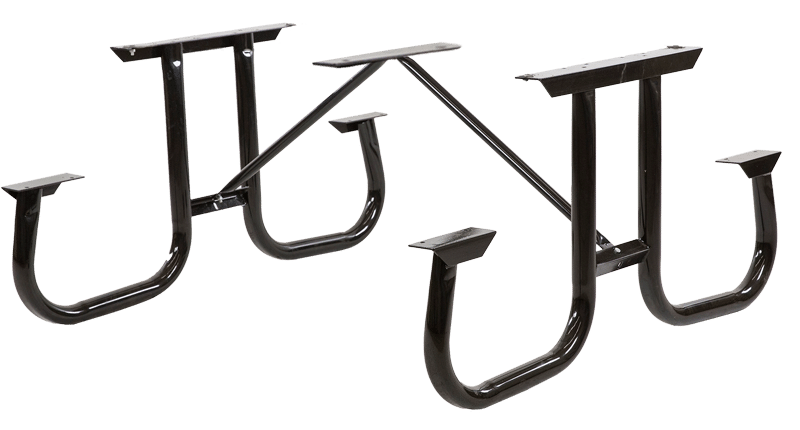History of the Modern Picnic Table
Throughout history, a variety of tables have been utilized for outside dining, but the classic A-frame rectangular picnic table was developed in the United States in the early 20th century. In 1903, the first comparable table was described, which was based on an 18th-century sawbuck table; today’s most popular design, known as a “Lassen table”.

Picnics began during the Victorian age, when picnics frequently included either laying a blanket on the ground or bringing the entire set-up of indoor eating to the outdoors. The disadvantage of this early form of picnicking was that indoor dining furniture could not be taken far from the house, and it frequently wasn’t appropriate for outdoor usage.
In 1903, Charlie H. Nielsen of Kreischerville, New York, filed a patent for a design and manufacturing method for simple picnic tables. He had no idea that his basic yet ingenious invention would still be in use today in millions of locations across the world more than a century later.

With the explosion of national parks and forests in the early twentieth century, fixed picnic tables as a park amenity began to be widely utilized. In many situations, there use was implemented to minimize impact to the natural surroundings. A wide range of picnic table designs were initially developed. In the early 1920s, a sawbuck table with detachable seats grew in popularity until it was proven ineffective in public parks as the benches tended to vanish. Other designs also failed through trial an error either due to vandalism, being difficult to construct or costly.
The original A-frame picnic table design, which overcame these early hurdles, was developed in California’s Lassen National Forest in 1926 and hence became known as a “Lassen table” within the US Forest Service. The now-famous Lassen tables grew widespread throughout the United States through the work of the Civilian Conservation and could be found in parks across the United States.





Leave a Reply
You must be logged in to post a comment.